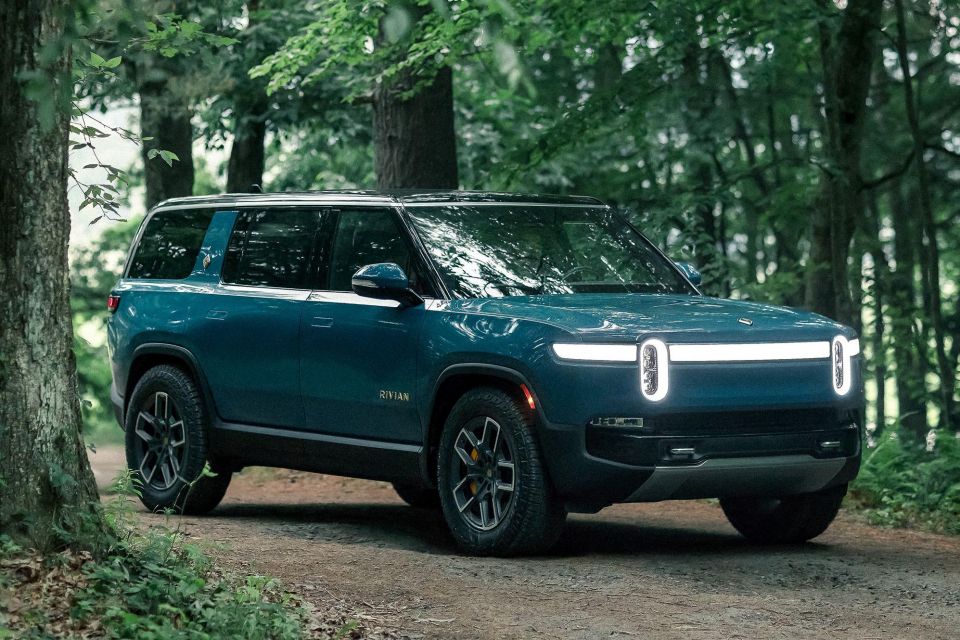

William Stopford
Every SUV, ute and van discontinued in Australia in 2025
14 Hours Ago

News Editor
A report funded by Polestar and Rivian found the global automotive industry will “massively” miss United Nations climate goals unless it transitions solely to electric vehicles by 2033.
The Pathway Report, published by management consulting firm Kearney and the two electric vehicle brands, says the industry will overshoot the UN Intergovernmental Panel on Climate Change’s (IPCC) 1.5-degree pathway by at least 75 per cent by 2050.
It’s calling for automakers and other OEMs to jointly come to the table to discuss where they can collaborate to help meet this target.

The International Energy Agency says the remaining global emission “budget” is approximately 500 GtCO2e – or 500 giga-tonnes of carbon-dioxide equivalent – in order to stay below a 1.5 degree Celsius temperature increase globally.
Kearney’s report finds at the current trajectory, this budget will be reached by 2035.
The report uses existing open-source data to determine the trajectory for emissions from the automotive industry.
Passenger vehicles currently account for 15 per cent of all global greenhouse gas (GHG) emissions, and the IPCC has said all GHG emissions need to be reduced by 43 per cent by 2030.

The Pathway Report suggests there are three “levers” that need to be pulled to rein in emissions.
Lever one is to fully switch to EVs across the entire global car parc, while lever two is to power this exclusively EV fleet with fossil-free energy, and lever three is to make significant advances in sustainable production and manufacturing.
The latter includes electrifying cell and pack manufacturing and material extraction and processing. A reduction of 81 per cent by 2032 is the target.
The report says, however, the industry needs to simultaneously tackle all three, and at an accelerated pace – just pulling one lever won’t do the trick.

It further says only pulling the first lever will reduce the 75 per cent overshoot to 50 per cent, while switching their recharging to fossil-free energy sources will further reduce the overshoot to 25 per cent.
It notes combustion-powered vehicles’ tailpipe emissions account for 60-65 per cent of a vehicle’s total lifecycle emissions.
EVs are at a disadvantage in supply chain emissions, which are 35 to 50 per cent higher than for ICEs primarily due to the additional emissions in battery production.

“The historic conflict between sustainability and profitability is diminishing but still looms large,” the report finds.
“We must assign the right value to sustainability and the cost of inaction.”
It notes there has been progress. Global sustainability investments totaled US$35.3 trillion (A$50.7 trillion) in 2021, more than a third of all assets in five of the world’s biggest markets.
Such investment has been growing at more than 15 per cent annually since 2018.
Where expert car reviews meet expert car buying – CarExpert gives you trusted advice, personalised service and real savings on your next new car.
William Stopford is an automotive journalist with a passion for mainstream cars, automotive history and overseas auto markets.


William Stopford
14 Hours Ago


Ben Zachariah
15 Hours Ago


Derek Fung
16 Hours Ago


Matt Campbell
22 Hours Ago


William Stopford
2 Days Ago


Josh Nevett
2 Days Ago